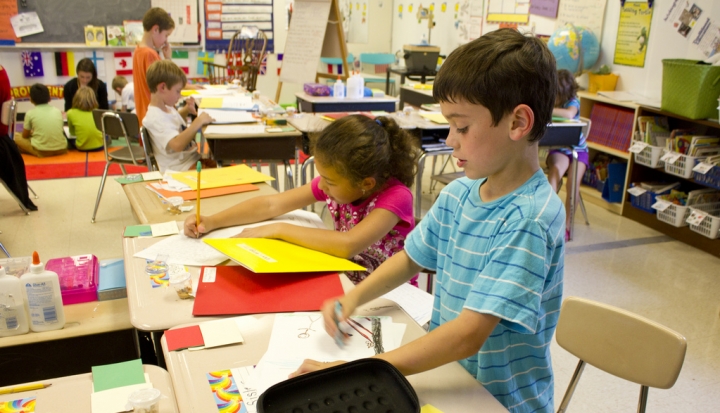Just imagine this educational landscape: Free schooling—including at the university level. Continued support for teachers. No high-stakes standardized tests. More recess and breaks for hands-on projects. More equality?
In an interview at the Atlantic, Krista Kiuru, Finland’s minister of education and science, describes her country’s emphasis on equality in education, and some of the benefits to be had from that approach. In addition to the attributes mentioned above, Kiuru points to the value Finland places on investing in their children – almost as if they were considered a natural resource.
“Regardless of a person’s gender, background, or social welfare status, everyone should have an equal chance to make the most of their skills,” she explains. “It’s important because we are raising the potential of the entire human capital in Finland. Even if we don’t have oil or minerals or any other natural resources, well, we think human capital is also a valuable resource.”
While the United States just announced a baby step change in education—making some changes to the SAT—it was interesting to note that Finland essentially started from scratch in the 1960s. And as education correspondent John Merrow said in a recent interview with U.S. Catholic, “A huge part of it is attitudinal at the school level, saying, ‘We’re going to do these things.’ Education requires change”. Could the United States ever change to a system like the one Finland employs? Better question: Should it?
That answer, at least, seems more obvious. Finland is seeing what benefits can be had for the common good when focus is placed on developing each child’s individual potential. “School should be where we teach the meaning of life; where kids learn they are needed; where they can learn community skills,” Kiuru says. “We like to think that school is also important for developing a good self-image, a strong sensitivity to other people’s feelings … and understanding it matters to take care of others. We definitely want to incorporate all those things in education.”
Image: Flickr photo cc by woodleywonderworks











